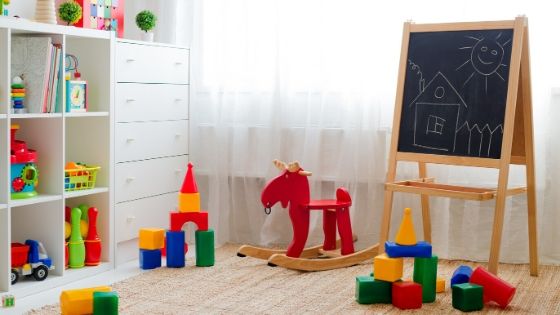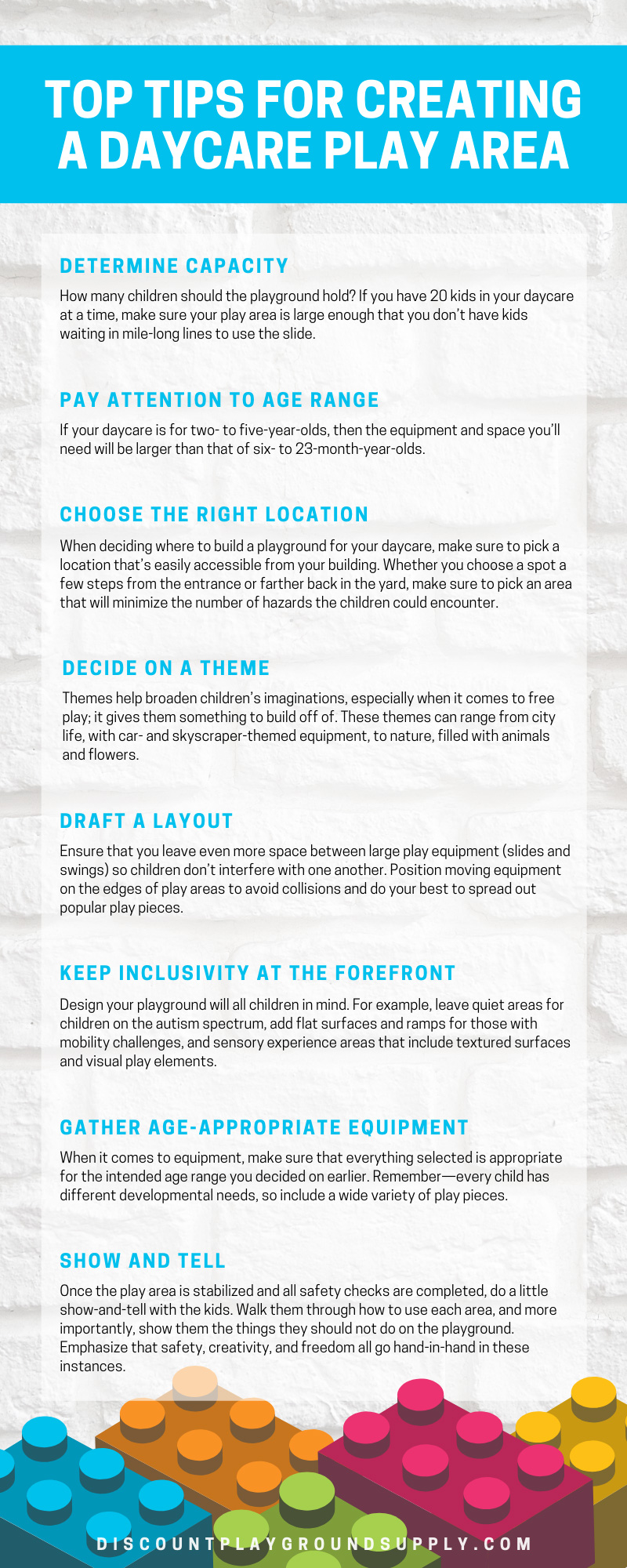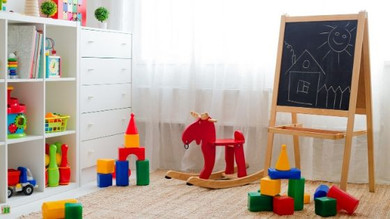
One of the most important aspects of a successful daycare is its focus on play. From free to structured, play is an essential part of childhood. It develops children’s tactile movements and spurs social skills. As a daycare provider, this is something that you more than likely know. But for some, it can be tough to figure out the best ways to take advantage of and supervise this playtime. The first step is understanding how vital it is for children to get unstructured play into their days.
Free play teaches children adaptability, problem-solving, and other important social, cognitive, and physical skills that aren’t often replicated in the classroom. If you want to provide a better opportunity for your children to delve into their playtime, take a look at these tips for creating a daycare play area. These tips will outline everything from deciding on the right location to choosing the right equipment for your age ranges. Remember, this space could foster important skills—communication, imagination, collaboration, conflict resolution, and more—that are hard to teach with a lesson. Check out how to set up the perfect daycare play area below!
Designing a Free Play Space
Before we begin, it’s important to understand that while this space you’re creating should have equipment children will love, it’s even more important to have safety at its core. With that in mind, before you start designing, make sure you envision and define your playground’s objectives. Goals such as inclusivity, motor and stability development, and age-appropriate challenges are good ones to consider. Keeping these objectives in mind will make designing as a whole much easier. Let’s begin!
Determine Capacity
As you begin creating this play haven, make sure you think about its capacity. How many children should the playground hold? If you have 20 kids in your daycare at a time, make sure your play area is large enough that you don’t have kids waiting in mile-long lines to use the slide. The general thought and question of how many children will be using your playground at one time will help you determine just how large it needs to be.
Pay Attention to Age Range
In a similar sense, when you’re determining the capacity, you’ll need to think about the age range of your children. If your daycare is for two- to five-year-olds, then the equipment and space you’ll need will be larger than that of six- to 23-month-year-olds.
Choose the Right Location
Your next step gets you even closer to your play area’s actual design—it delves into locale. When deciding where to build a playground for your daycare, make sure to pick a location that’s easily accessible from your building. Whether you choose a spot a few steps from the entrance or farther back in the yard, make sure to pick an area that will minimize the number of hazards the children could encounter. For example, try your best to steer clear of play areas near busy roads and other physical hazards.
Decide on a Theme
Now, this tip isn’t a necessity, but it does make for a more enjoyable designing experience! If you really want to engage the children, decide on a theme. These themes can range from city life, with car- and skyscraper-themed equipment, to nature, filled with animals and flowers. Themes help broaden children’s imaginations, especially when it comes to free play; it gives them something to build off of.
Draft a Layout
We’ve finally gotten to the layout design tip. When you’re determining what the layout for your play area should be, there are a few things you should keep in mind, in addition to the points above. In the simplest sense, make certain to follow the manufacturer’s specifications for how to place equipment. Ensure that you leave even more space between large play equipment (slides and swings) so children don’t interfere with one another. Position moving equipment on the edges of play areas to avoid collisions and do your best to spread out popular play pieces.
Simply put, here’s how to tackle your layout:
- Design from a child’s eye view: get down on your knees and determine whether the spacing of everything allows for free movement and doesn’t overwhelm
- Cut-off runways: long stretches of space in-between equipment can be a hazard, as kids will see this as a “runway” for them to run down. Try maneuvering the layout to shorten these moments.
- Place equipment far enough apart
- Include quiet areas
- Spread out popular play pieces
Keep Inclusivity at the Forefront
We very briefly mention above to include quiet areas in your play area. This slightly touches on the idea of an inclusive environment for the children. As you know, children within the same age group develop at different paces. Because of this, not all equipment will be the best fit for every child. Design your playground will all children in mind. For example, leave quiet areas for children on the autism spectrum, add flat surfaces and ramps for those with mobility challenges, and sensory experience areas that include textured surfaces and visual play elements. You’ll notice much happier, more communicative, and more inclusive children if you provide them with an inclusive play space.
Gather Age-Appropriate Equipment
When it comes to equipment, make sure that everything selected is appropriate for the intended age range you decided on earlier. Remember—every child has different developmental needs, so include a wide variety of play pieces. We’ve included a couple examples as to what is appropriate equipment for typical age ranges below.
Ages 6 to 23 months
- Stairways and ramps
- Climbing equipment (nothing higher than 32 inches)
- Straight slides
- Bucket seat swings
Ages 2 to 5
- Stairways and ramps
- Climbing equipment
- Straight and spiral slides
- Bucket seat and belt swings
- Monkey bars (nothing higher than 60 inches)
Show and Tell
Once your daycare’s play area is created, don’t just let the children run rampant. Sure, the goal is free play, but in order to create a safe experience, you need to show them how to use the equipment. Once the play area is stabilized and all safety checks are completed, do a little show-and-tell with the kids. Walk them through how to use each area, and more importantly, show them the things they should not do on the playground. Emphasize that safety, creativity, and freedom all go hand-in-hand in these instances.
When it comes to equipment, turn to Discount Playground Supply, a playground equipment supplier that will meet all your daycare play area needs.


